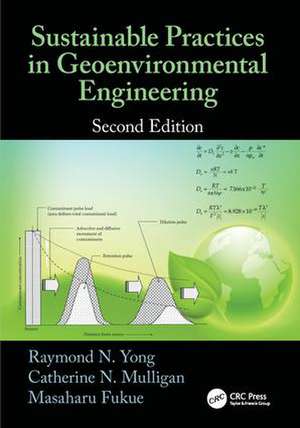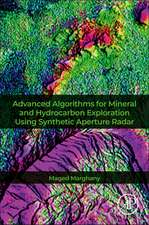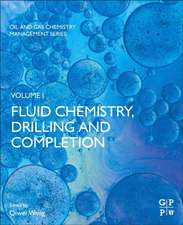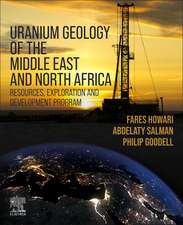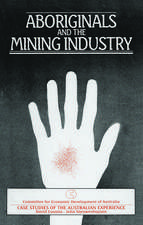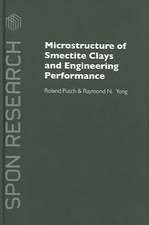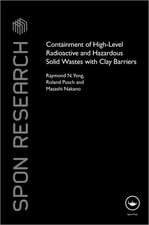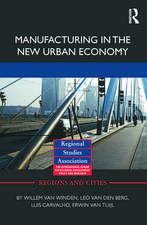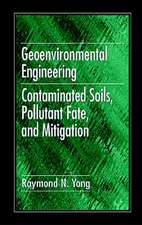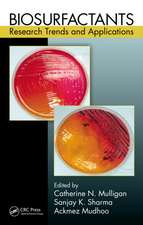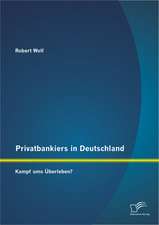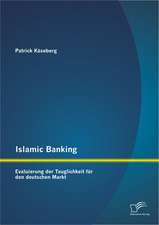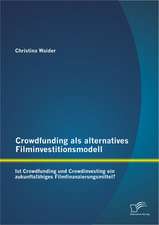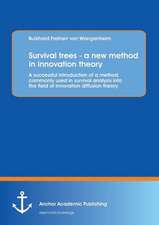Sustainable Practices in Geoenvironmental Engineering
Autor Raymond N. Yong, Catherine N. Mulligan, Masaharu Fukueen Limba Engleză Paperback – 13 apr 2017
See What’s New in the Second Edition:
- Clear definition of the geoenvironment
- New tools and remediation technologies, new management methods for geohazards, and enhanced coverage of social and economic sustainability
- Innovative approaches and techniques for reaching geoenvironmental sustainability
- More detail on treatment technologies, both in situ and ex situ
- Discussion on the mitigation of geodisasters
- Additional sections to discuss sustainability assessment protocols
- Updated information on models for prediction of contaminant behavior
| Toate formatele și edițiile | Preț | Express |
|---|---|---|
| Paperback (1) | 437.15 lei 43-57 zile | |
| CRC Press – 13 apr 2017 | 437.15 lei 43-57 zile | |
| Hardback (2) | 1111.26 lei 43-57 zile | |
| CRC Press – 25 sep 2014 | 1111.26 lei 43-57 zile | |
| CRC Press – 21 feb 2025 | 1137.12 lei 43-57 zile |
Preț: 437.15 lei
Preț vechi: 588.00 lei
-26% Nou
Puncte Express: 656
Preț estimativ în valută:
83.68€ • 90.92$ • 70.33£
83.68€ • 90.92$ • 70.33£
Carte tipărită la comandă
Livrare economică 21 aprilie-05 mai
Preluare comenzi: 021 569.72.76
Specificații
ISBN-13: 9781138075702
ISBN-10: 1138075701
Pagini: 562
Ilustrații: 228
Dimensiuni: 178 x 254 mm
Greutate: 0.95 kg
Ediția:2
Editura: CRC Press
Colecția CRC Press
ISBN-10: 1138075701
Pagini: 562
Ilustrații: 228
Dimensiuni: 178 x 254 mm
Greutate: 0.95 kg
Ediția:2
Editura: CRC Press
Colecția CRC Press
Public țintă
Academic and Professional Practice & DevelopmentCuprins
Geoenvironment Management and Sustainability. Stressors and Soil Contamination. Sustainable Water Management. Industrial Ecology and The Geoenvironment. Natural Resources Extraction – Stressors and Impact Management. Agricultural-Based Food Production Geoenvironment Stressors. Urbanization and The Geoenvironment. Coastal Marine Environment Sustainability. Contaminants and Land Environment Sustainability Indicators. Geoenvironment Impact Mitigation and Management. Remediation and Management of Contaminated Soil. Sustainable Ground Improvement Technique for Geo-Disaster Mitigation. Sustainable Geoenvironmental Engineering Practice.
Notă biografică
Dr. Raymond N. Yong is the William Scott Professor Emeritus at McGill University, Canada, and Emeritus Professor at the University of Wales Cardiff (Cardiff University), UK. He has authored and co-authored eleven other textbooks, over five hundred refereed papers in the various journals in the disciplines of Geoenvironmental Engineering and Earth Science, and holds 52 patents. He is a Fellow of the Royal Society (Canada), and a Chevalier de l’Ordre National du Québec. He and his students were amongst the early researchers in Geoenvironmental Engineering engaged in research on the physico-chemical properties and behaviour of soils, their use in buffer/barriers for HLW (high-level radioactive waste) and HSW (hazardous solid waste) containment and isolation, and restoration/remediation of contaminated sites. He and his colleagues are currently engaged in research on Geoenvironmental sustainability.
Dr. Catherine N. Mulligan holds a Concordia Research Chair in Geoenvironmental Sustainability (Tier I) and is Full Professor and Associate Dean, Research and Graduate Studies of the Faculty of Engineering and Computer Science of Concordia University, Canada. She has authored more than 80 refereed papers in various journals, authored, co-edited or co-authored five other books, holds three patents and has supervised to completion more than 40 graduate students. She is the Director of the new Concordia Institute of Water, Energy and Sustainable Systems. The new Institute trains students in sustainable development practices and performs research into new systems, technologies and solutions for environmental sustainability.
Dr. Masaharu Fukue is a Full Professor at Tokai University, Japan. He has studied and taught geoenvironmental engineering and geotechnical engineering for 36 years, since 1978, in Marine Science and Technology, Tokai University. He has co-authored two other textbooks, over one hundred refereed papers in various journals, and holds 6 patents. He has recently established the Japanese Geotechnical Association for Housing Disaster Prevention to apply the theory and practice of innovative microbial cementing process (one of his patented process). In addition, another of his Japanese patents (re-suspension technique for sediment rehabilitation) is currently being applied in Fukushima, Japan, in the aftermath of the March, 2011 East-Japan great earthquake and accompanying tsunami. Both projects demonstrate the interdependencies between geoenvironmental engineering and geotechnical engineering, and the need to apply sustainability principles in the practice of both disciplines.
Dr. Catherine N. Mulligan holds a Concordia Research Chair in Geoenvironmental Sustainability (Tier I) and is Full Professor and Associate Dean, Research and Graduate Studies of the Faculty of Engineering and Computer Science of Concordia University, Canada. She has authored more than 80 refereed papers in various journals, authored, co-edited or co-authored five other books, holds three patents and has supervised to completion more than 40 graduate students. She is the Director of the new Concordia Institute of Water, Energy and Sustainable Systems. The new Institute trains students in sustainable development practices and performs research into new systems, technologies and solutions for environmental sustainability.
Dr. Masaharu Fukue is a Full Professor at Tokai University, Japan. He has studied and taught geoenvironmental engineering and geotechnical engineering for 36 years, since 1978, in Marine Science and Technology, Tokai University. He has co-authored two other textbooks, over one hundred refereed papers in various journals, and holds 6 patents. He has recently established the Japanese Geotechnical Association for Housing Disaster Prevention to apply the theory and practice of innovative microbial cementing process (one of his patented process). In addition, another of his Japanese patents (re-suspension technique for sediment rehabilitation) is currently being applied in Fukushima, Japan, in the aftermath of the March, 2011 East-Japan great earthquake and accompanying tsunami. Both projects demonstrate the interdependencies between geoenvironmental engineering and geotechnical engineering, and the need to apply sustainability principles in the practice of both disciplines.
Descriere
Since the publication of the first edition there have been numerous developments on sustainability assessment tools and practices. The new edition has four new chapters regarding monitoring and assessment, more details on treatment technologies, both in situ and ex situ, and discussions on the mitigation of geodisasters. Additional sections have been added to discuss sustainability assessment protocols, industrial ecology methodologies and the impact of the development of energy sources, including shale gas exploration, and tight oil recovery. All remaining chapters have been updated and expanded.
